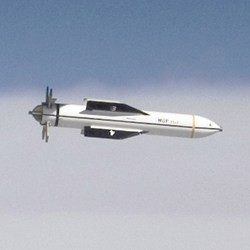
The first combat deployment of the GBU-57 Massive Ordnance Penetrator in Operation Midnight Hammer was not merely a demonstration of force it was the product of 15 years of engineering designed to destroy the most heavily defended underground targets on the planet. Today, the U.S. Air Force is set to replace it with a weapon that is lighter, more precise, and can attack from farther out: the Next Generation Penetrator.
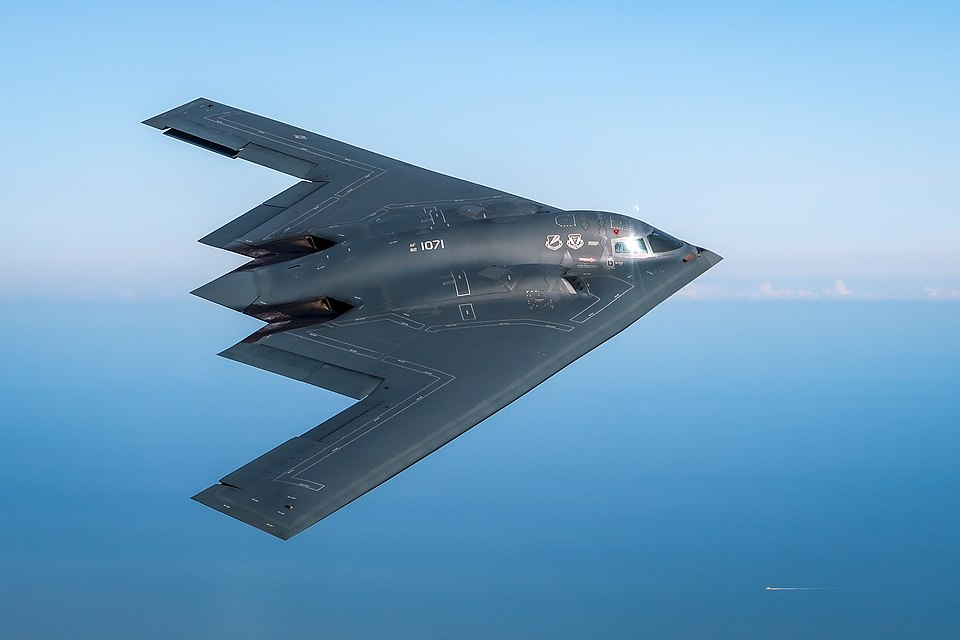
1. From Fordow to the Future
Seven B-2 Spirit stealth bombers flew a 36-hour, 13,000-mile round trip from Whiteman Air Force Base on June 2025 to deliver 14 GBU-57s to Iran’s Fordow and Natanz nuclear plants. The 30,000-pound weight, 20.5-foot length, and BLU-127/B penetrating warhead of the MOP enabled it to dig through up to 200 feet of overburden. Six bombs were dropped on each of two target points in succession, each subsequent strike penetrating deeper into the core infrastructure. Pentagon officials referred to the mission as “the most complex and secretive military operation in history.”
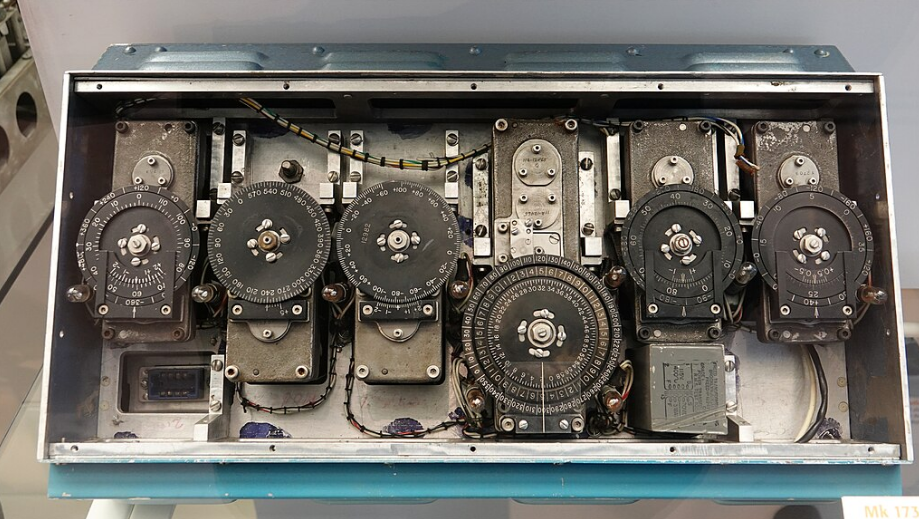
2. Engineering Lessons from Midnight Hammer
The test confirmed the MOP’s GPS-aided inertial navigation system and adaptive fuzing, which is capable of sensing structural voids and “counting” floors prior to detonation. However, post-attack estimates indicated that Fordow’s deepest levels those buried approximately 30 meters below MOP’s publicized penetration capability might have survived. This weakness has become one of the principal drivers for the NGP’s design specifications, highlighting not only increased penetration but also precision detonation under GPS-denied conditions.
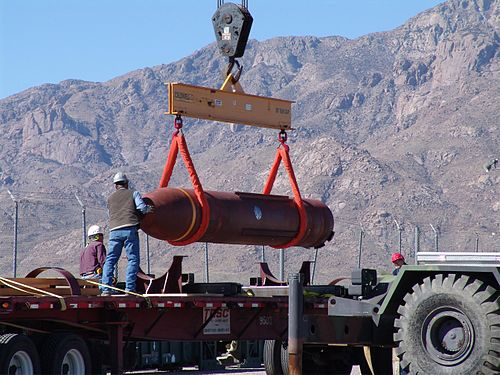
3. Contracting and Industrial Team
Applied Research Associates (ARA) has been hired under a 24-month contract to act as System Design Agent for the NGP, developing both sub-scale and full-scale prototypes. Boeing, having designed the original MOP, will create the new tail kit and perform all-up-round integration. The tail section, in function akin to the KMU-612/B on the GBU-57, will contain sophisticated guidance electronics and control surfaces.
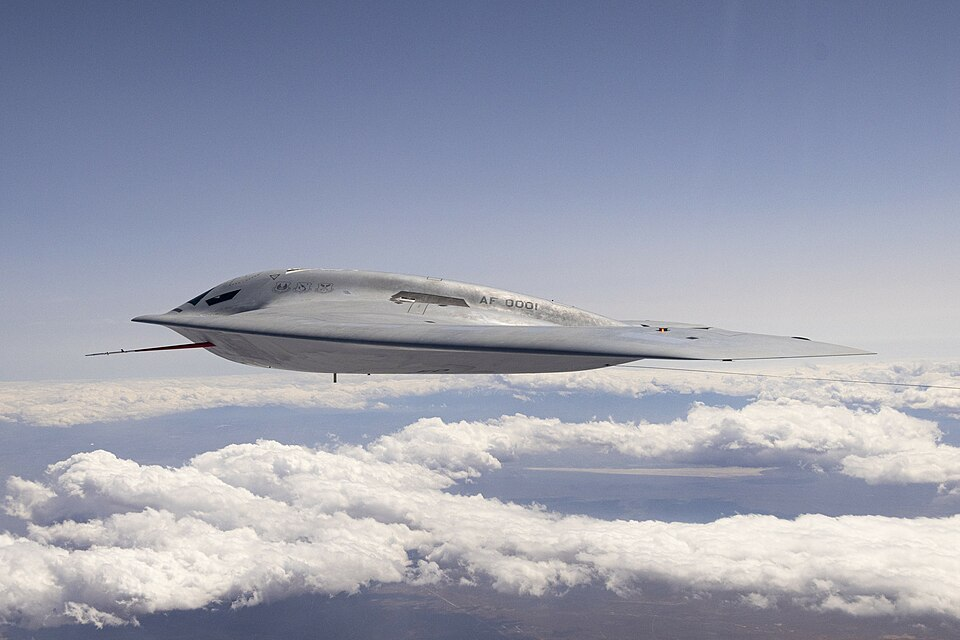
4. Weight Reduction and Platform Compatibility
The Air Force’s February 2024 contract notice limits the NGP warhead weight to 22,000 pounds, a decrease from the MOP’s 30,000. This is partly for compatibility with the upcoming B-21 Raider, which has a reduced internal bay compared to the B-2 and can only have one MOP carried. A reduced munition weight would reopen the door to carrying multiple weapons per flight or be integrated with other platforms.
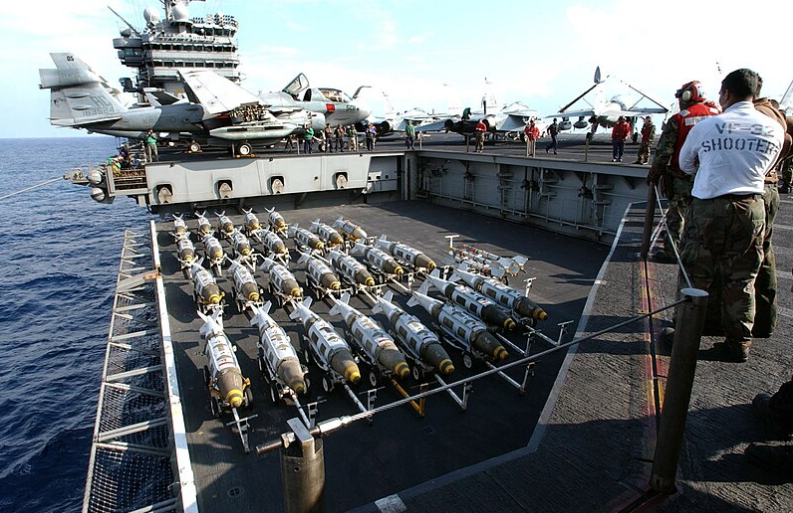
5. Accuracy in GPS-Denied Environment
The NGP must have a terminal accuracy of CE90 within 2.2 meters i.e., 90 percent of impacts within that radius even in GPS-degraded or denied environments. This is much greater than the 5-meter accuracy of JDAMs with excellent GPS reception. For this, the Air Force is developing new Guidance, Navigation, and Control (GNC) systems that can compute autonomously under electronic warfare scenarios.
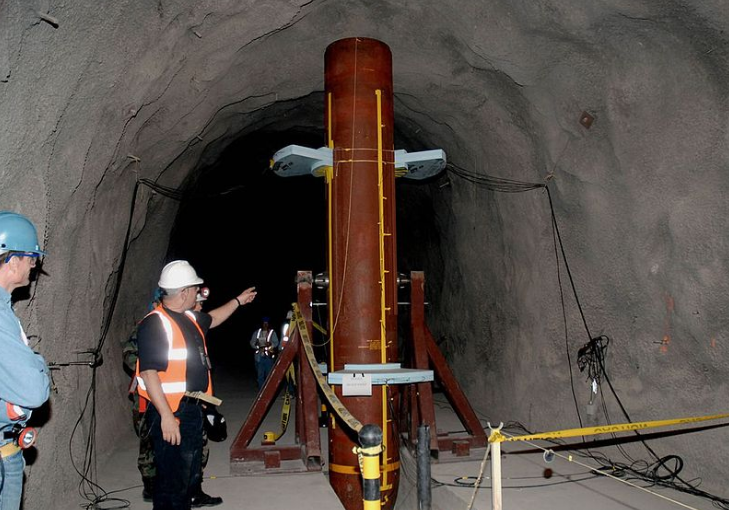
6. Embedded Fuze and Target Sensing
Embedded fuze technology is an essential enhancement under consideration. Sophisticated void-sensing and floor-counting fuzes would enable the NGP to sense when it penetrated into internal chambers and explode at the structurally most destructive location. This is particularly significant when information on underground designs is patchy, as in most of China’s, North Korea’s, and Russia’s hardened facilities.
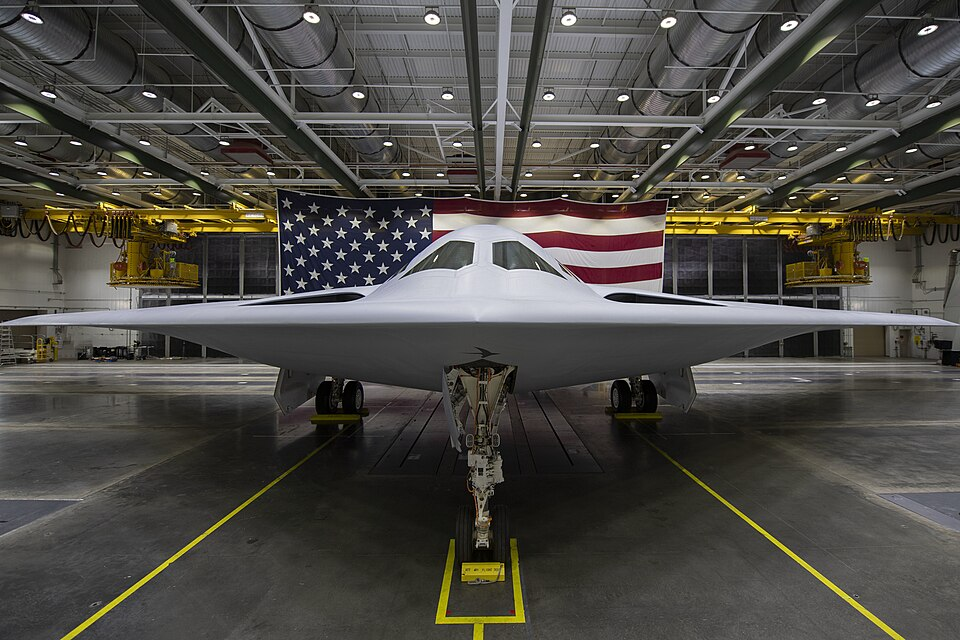
7. Potential for Powered Standoff Capability
In contrast to the unpowered MOP, which has to be dropped comparatively close to the target, the NGP could be fitted with a rocket booster for standoff capability. This would enable bombers to stay beyond the most lethal air defense areas, an increasing issue as enemy forces field integrated air defense systems of advanced technology. This would also fit into the Air Force’s overall Long Range Strike system-of-systems concept.
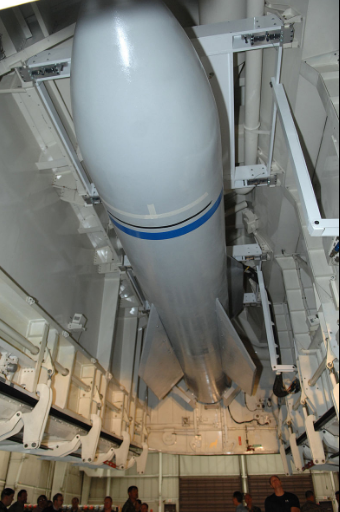
8. Testing and Development Timeline
ARA will provide approximately 10 sub-scale test articles and three to five full-scale prototypes under the plan in place, delivered within 18 to 24 months. Testing will consist of sled trials and static detonations to confirm penetration mechanics, fuze behavior, and guidance accuracy. Technology Readiness Level 5–6 will be achieved by the end of prototype by the program.
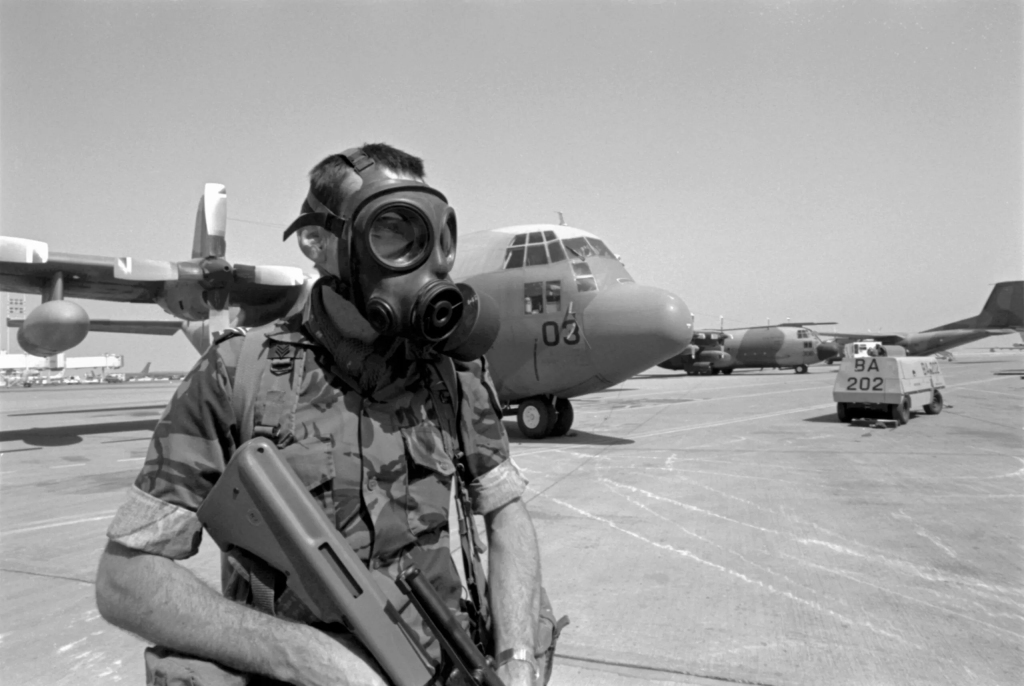
9. Strategic Context
Bunker-busters have been on the U.S. slate since the GBU-28 of the 1991 Gulf War, but the world-wide pattern toward more sophisticated and deeply buried military infrastructure speeds up. China’s hardened missile silos, North Korea’s underground command and control facilities, and Russia’s heavily bunkered structures all offer targets conventional bombing cannot eliminate. The NGP is designed with these dangers in mind, so that the U.S. has a conventional means of destroying such a facility without having to use a nuclear device.
The experiences of Operation Midnight Hammer both its engineering successes and failures are informing the NGP as a weapon capable not only of Iran’s mountains but of the hardest targets of the 21st century.


